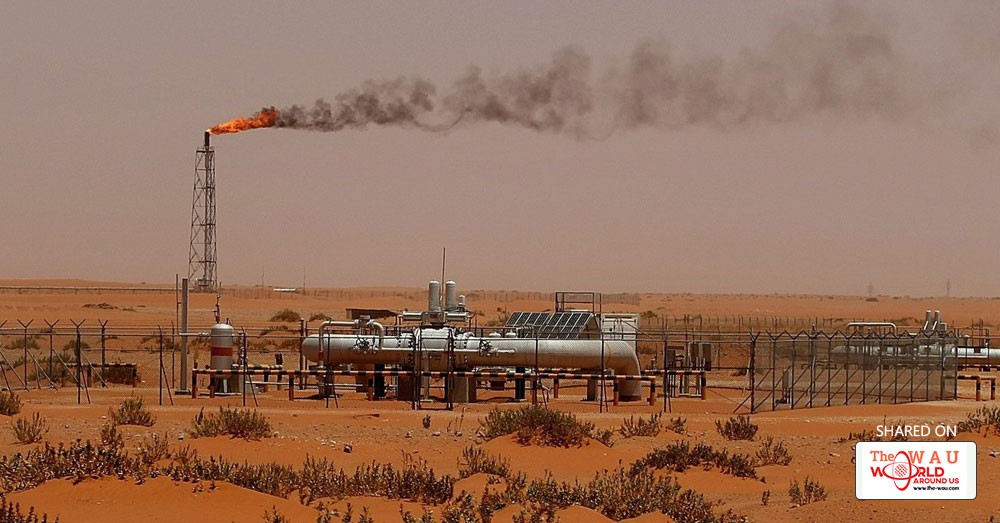The International Monetary Fund cut economic growth forecasts for the Arab Gulf states to 0.5 per cent this year as the region continued to feel the effects of low oil prices and regional conflict, but predicted growth would “bottom out” and rebound to 2.2 per cent in 2018.
The Opec oil producers’ agreement to restrain output has held back growth among exporters in the region, the IMF said in its twice yearly economic outlook published on Tuesday. In May, the IMF said the Gulf Cooperation Council — which comprises Saudi Arabia, the United Arab Emirates, Qatar, Kuwait, Bahrain and Oman — would grow 0.9 per cent this year and 2.5 per cent in 2018.
Non-oil growth in the Gulf states is set to recover from 1.8 per cent in 2016 to 2.6 per cent this year and 2.4 per cent in 2018 as fiscal consolidation eased, the IMF said. But this is still well below the 6.7 per cent averaged between 2000-2015, when oil prices were buoyant.
“Fiscal consolidation, oil production and regional conflicts have been the key determinants of growth in [the region’s] oil-exporting countries,” the IMF said. “Spill overs from the low oil price environment continue to weigh on non-oil growth, which is expected to remain below historical averages.”
Oil exporters across the broader Middle East region experienced rises in budget deficits from 1.1 per cent of gross domestic product in 2014 to 10.6 per cent of GDP in 2016. These will ease to 5.2 per cent this year as oil prices recover and countries engaged in efforts to rein in deficits that over the 2018-22 period are collectively projected at $320bn.
Gulf states have introduced spending cuts and implemented measures to raise non-oil revenues, such as value added taxes from 2018. The six GCC states also raised about $30bn from international markets in the first half of 2017, taking advantage of favourable global conditions to help finance budget deficits.
The IMF urged the region to continue “ambitious” diversification efforts aimed at shifting away from redistributing oil revenues via the public sector and energy subsidies, calling for more efforts to improve the business environment and foster private sector growth.
“None of the [regional] oil exporters are accumulating sufficient resources to protect the economic wellbeing of future generations once hydrocarbon resources are exhausted,” the report warned.
Risks are tilted towards the downside, the IMF said, owing to continued uncertainty surrounding crude prices and regional geopolitical problems, including the diplomatic divide between Qatar and four Arab states led by Saudi Arabia. Yet the IMF said that, for now, the Gulf dispute had “limited impact on growth in the region”.
Qatar has mitigated the risk of trade disruptions to infrastructure projects by accelerating efforts to diversify imports and financing, as well as domestic food processing. Capital injections into the banking system have offset the impact of withdrawals from the Qatari banking system.
But the IMF warned of longer-term risks. “A protracted rift could slow progress toward greater GCC integration and cause a broader erosion of confidence, reducing investment and growth and increasing funding costs in Qatar and possibly the rest of the GCC,” the report said.
Share This Post















